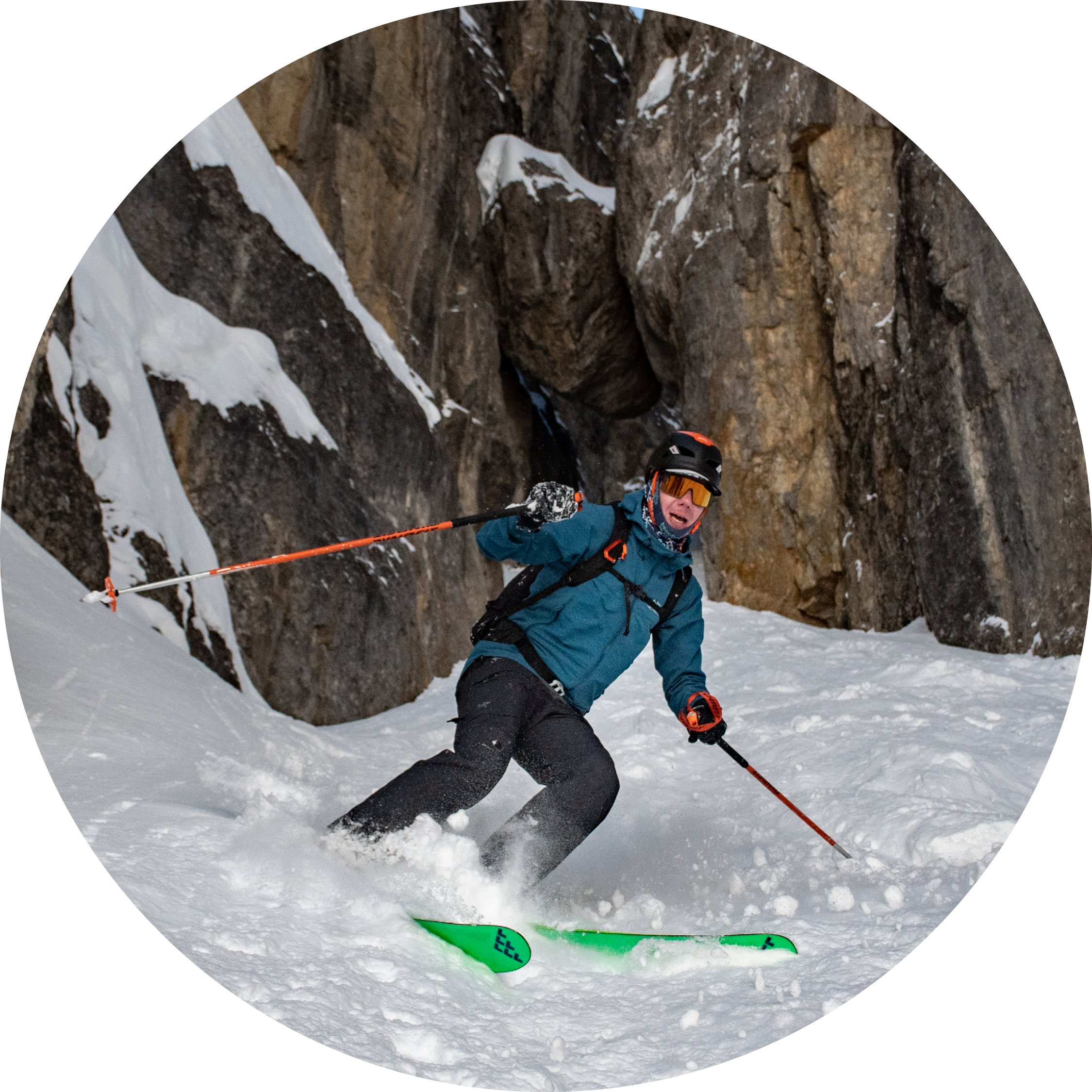For Mariam Ayinde, a fourth-year international student in the Faculty of Science, experiential learning has been so much more than just a great way to get some work experience - it’s helped inform her future career direction, and has given her extra motivation in her classes.
Coming from Nigeria, she knew about the excellent academic reputation of the U of A, and the breadth of programs offered - but the internship options were a pleasant surprise. She began her studies on the Augustana Campus in 2019, and then transferred to the Computing Science program on the North Campus. During a search for internship opportunities, she came across the Science Internship Program, and decided to learn more about it.
Most experiential learning opportunities at the U of A begin by attending an information session, and then meeting with an advisor. Janine Wedemeier, with the Faculty of Science, was there to guide her throughout the process - including putting together an application, help with finding a placement, and mock interviews. “They helped me with that from the beginning to the end” says Mariam “they would tell me what to say, and what not to say. That was really, really helpful because without this preparation I would have frozen up.” Generally students would apply after completing a year or so of full time study, to undertake an internship, co-op, or work placement during their third or fourth year at university. Depending on the program, there’s a lot of flexibility in timing, duration, and location.
Students in the Science Internship Program are placed at companies large and small, across all industries - Mariam chose one of Canada’s “big 4” banks, and was initially surprised as to the complexity of the business: “So at first I was like, ‘Oh, it's just the bank.’ But then later I was like, wow, the bank is really, really big…they do so much apart from just banking.”
The environment was a bit different than what she was used to in the classroom, where she experienced a bit of an age gap - many at the workplace were 20 or 30 years older, whereas most of her classmates were clustered in their early twenties. She relished the freedom she found: “I was shocked by the amount of autonomy I had. I could bring my own initiative and create a project, and set some of my own deadlines for these projects. It was really different from a professor giving you an assignment and telling you the deadline.”
Mariam found a lot of practical, on the job learning - picking up new skills in a new environment; known as work-related competencies. “There are some things that you would probably only learn in the workplace” she says, listing a few examples: “it could be as simple as sending out emails to your boss, like, ‘how can I do this?’ Or communicating with different departments at the organization”
The work placement complemented her computing science classroom experience: “I would say classes definitely prepare you…in some of my classes I did presentations, team work, and projects which translated to the workplace.” The experience has helped inform her career direction: “initially, I wanted to be a software engineer, but after taking part in the SIP, I'm now leaning towards product management, because I can see that that is where my strengths are.”
While Mariam took part in the Science Internship Program, there are options available to students in almost all faculties - programs designed to complement learning by letting students gain real-world work experience. These include placements with large companies, non-profit organizations, research labs, and even internships in other countries offered through U of A International. International students like Mariam are eligible for a work permit alongside their study permit to help them complete these experiences in Canada - an advisor at International Student Services can help guide them through the process.
Mariam has a few helpful tips for students considering experiential learning opportunities:
- Find out what’s available, and figure out how to take advantage of what your faculty offers.
- Apply early, and give yourself plenty of time. Reach out to an advisor if you’re unsure of the next steps.
- Seek out opportunities at your placement. Ask to work on the projects that interest you, and make the most of the experience.
For Mariam the experience was enriching and motivating: “It definitely has enhanced my degree. Now, I feel like I am so, so, confident with my career direction, and with the program I’m studying. With this experience I know that there is a purpose to this degree.”
